The $1 bill was actually the first dollar in which the phrase “In God We Trust” appeared.
There's the old saying “money doesn't grow on trees” and we all know it, but where does the money really come from? There are many famous currencies all over the world, from the euro to the pound sterling, but the most famous currency in the world would be the dollar. Where does the dollar bill come from and how long has it been around? Here we will see the original history of this law.
Before we start, we'll make a brief summary of the modern bill for those who don't know it very well.
The notes measure 6.14 inches wide and 2.61 inches high and are a blend of 75% cotton and 25% linen. On the front is a portrait of Washington, number one in each corner and a plethora of green and black text with the words THE UNITED STATES OF AMERICA printed on the top. On the back is a large text that has been printed, among other things, the Great Seal of the United States and other symbols.
The $1 bill was not the first ticket issued in the United States; it actually came one year after the original tickets. These original banknotes were called demand notes that circulated in the middle of the 19th century, when the civil war caused the United States to issue these banknotes to give people the opportunity to have currency, without taking coins, as these banknotes were exchanged for coins at any time upon request.
These documents were nicknamed Greenbacks, which is also the origin of the term we use today. The presidency of Lincoln's finance minister had the first one dollar repressed. These original notes were actually much larger than we know today; they didn't become the size we know until 1929, when all the notes were changed to their current size.
The 1929 bill was a silver certificate, a document that was exchanged to silver dollars. These were provided until 1934, when the name of the note changed to one dollar compared to the previous silver dollar. In 1935, the note began to record the design we recognize, but until 1957 it took time to add the phrase In God We Trust.
It wasn't until 1963 that the portrait of Washington became part of the law, and the green ink printed on the note also appeared that same year. Later in the 1960s, $1 dared to jump and exchanged its Latin text for the treasure seal, with English closing the bill known today.
So there we have it! The $1 bill, from its crucial part of the civil war to its current popularity in the United States, is quite a phenomenon. It has changed a lot over its useful life, but it has remained strong.
Even after trying to eliminate it and replace it with coins in the early 2010 decade, it failed. For me, the $1 bill is a symbol of the United States: a tip, a lemonade or an entire store, the 1 dollar bill is a monetary pillar, and we now know the history of origin of this simple note.

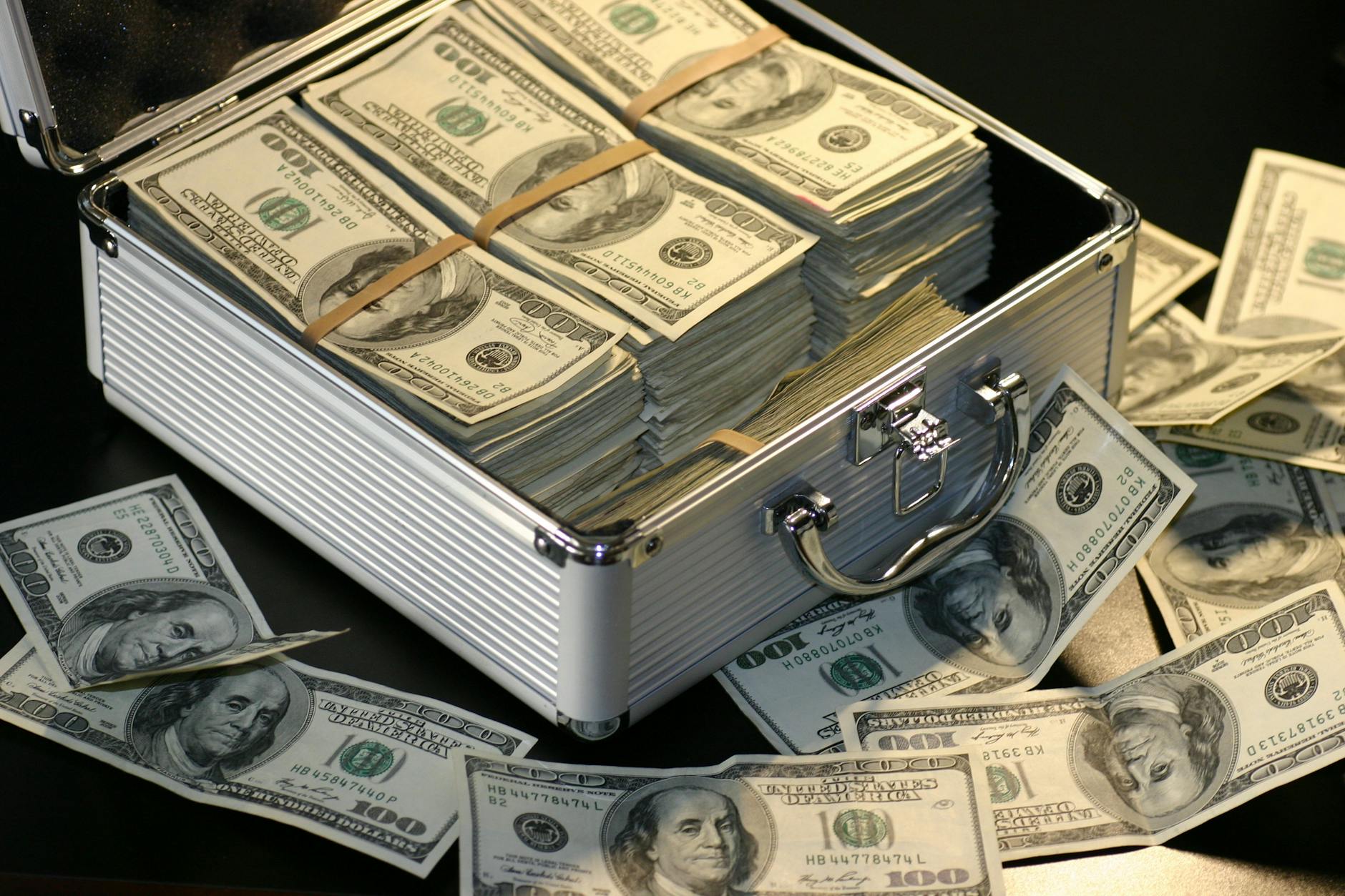

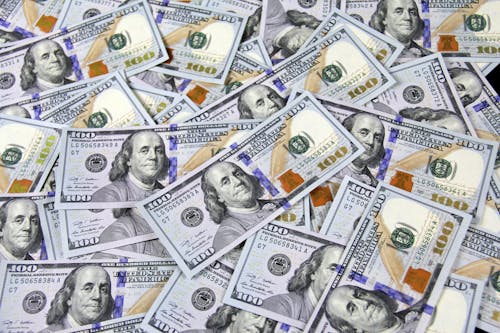
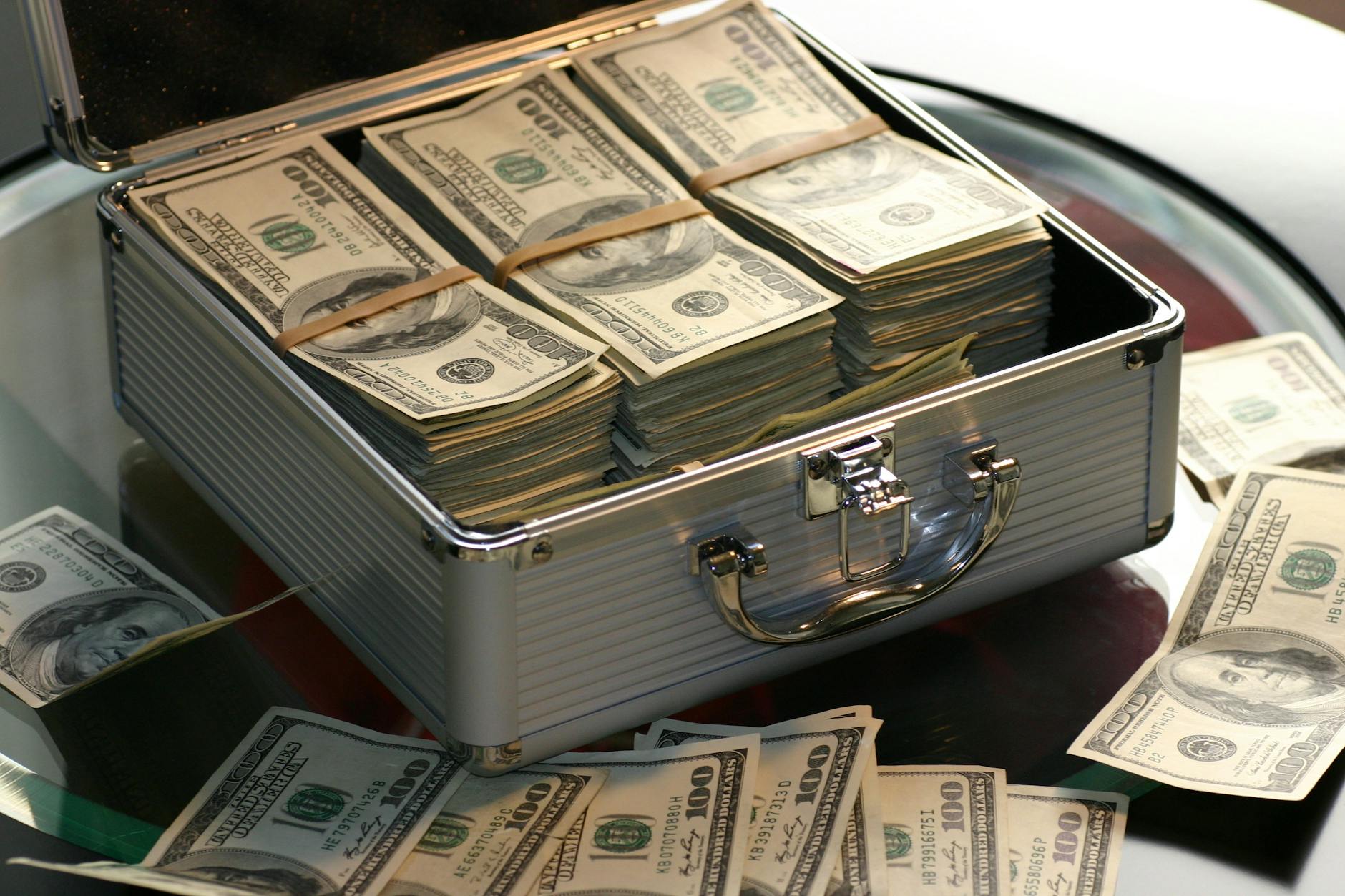
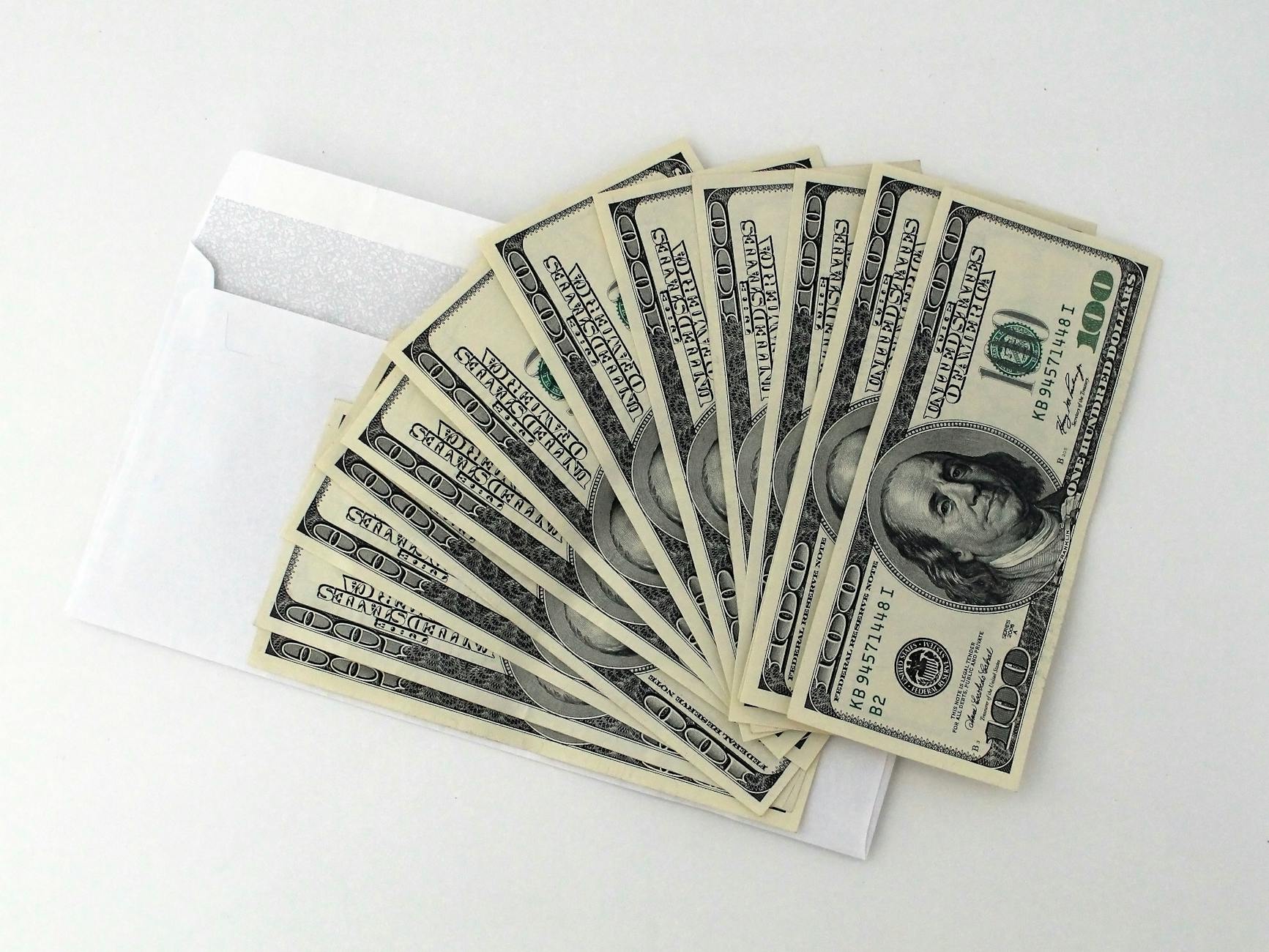
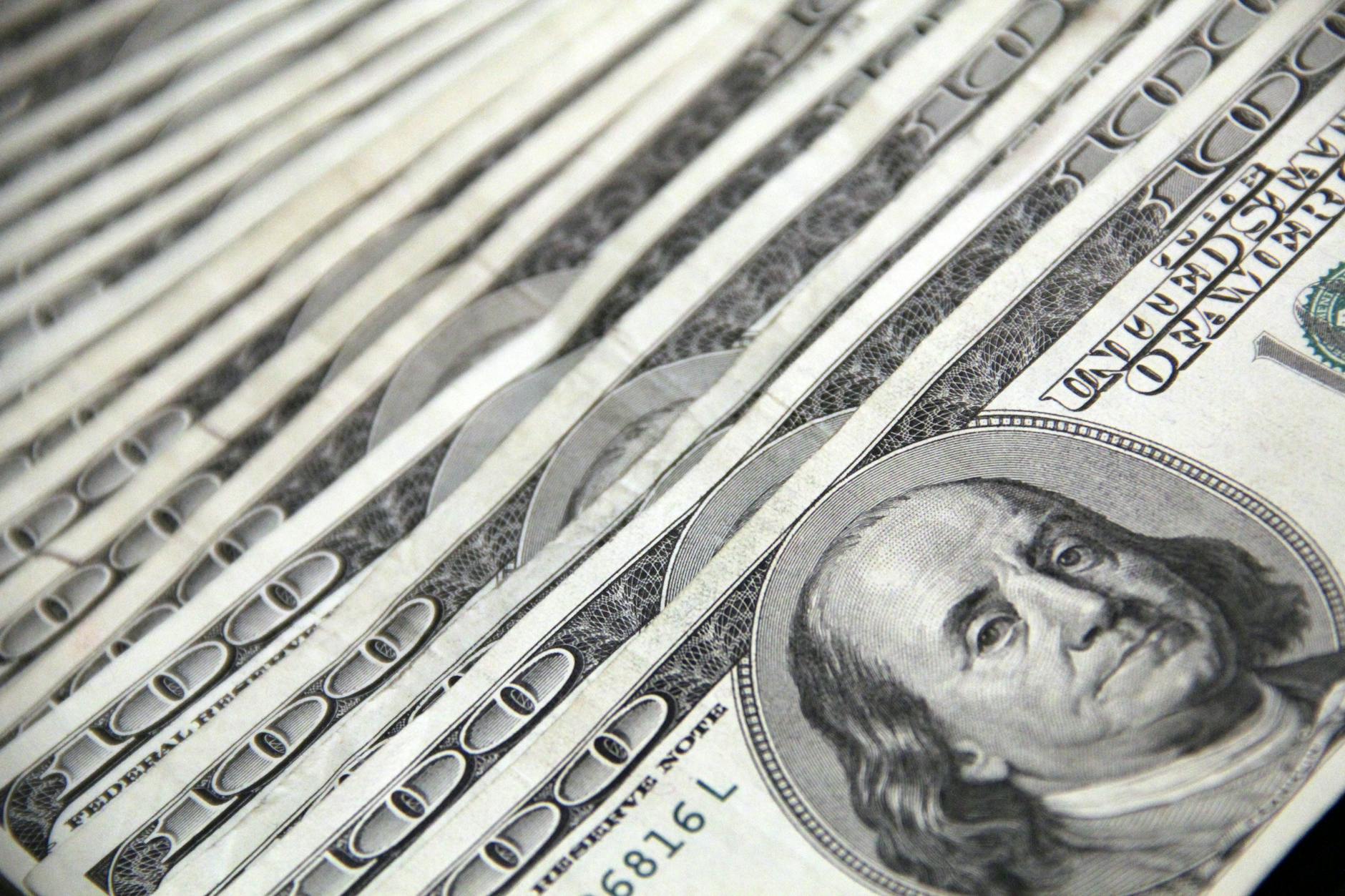




0 Comments